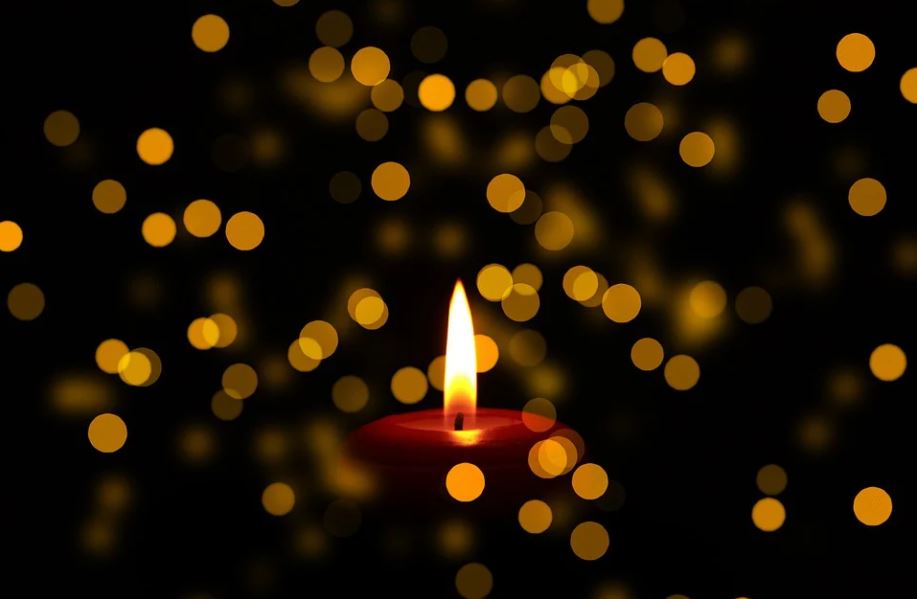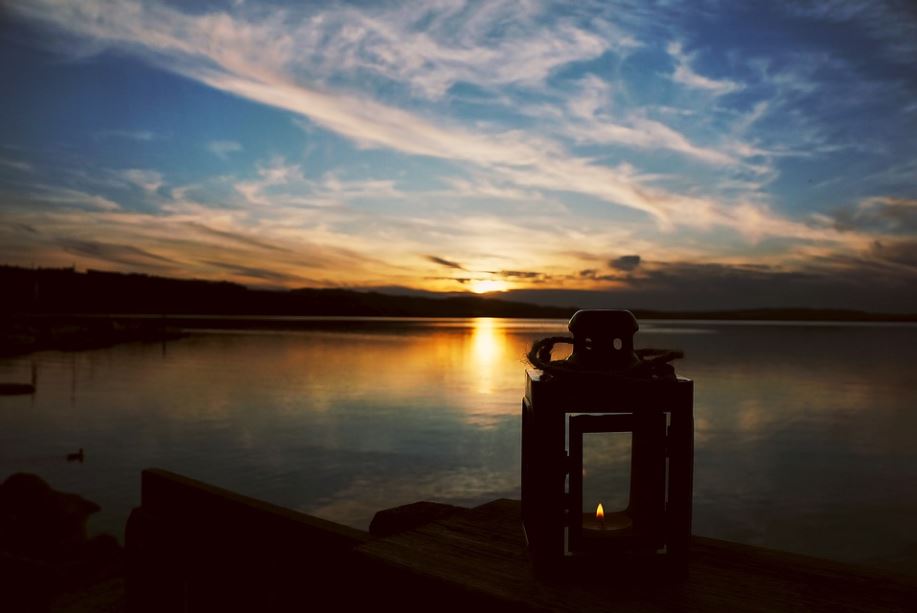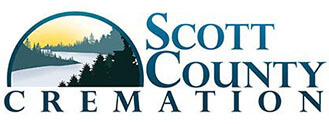
Cremation services in Chaska, MN only skim the surface of this fascinating disposition method. There are hundreds of thousands of places across the United States alone that operate as crematoriums and funeral homes, all with interesting histories to satisfy morbid curiosities.
Where Did Cremation Come From?
No one knows for sure when cremation became a disposition method, but most archaeologists agree that it dates back 17,000 years, at least. The practice was found to have originated in what is now Australia, and at the time of discovery, there were two theories as to why it became popular to incinerate a human body. One theory was that it emerged as a ritualistic practice of some kind. The second theory was that it helped avoid the spread of diseases and plagues because the fire purified the bones and destroyed organic matter.
However, it wasn’t until the 1950s to 1960s that the method gained traction as a popular disposition measure in the United States. It’s believed that despite its findings in Australia, that cremation has been around for even longer, perhaps coming from Africa or Asia originally.
In this article, you will learn ten interesting facts that you (probably) didn’t already know about modern cremation in the United States. Save these tidbits for a rainy day of macabre trivia.
- – Only 15 percent of cremations involve a classic hardwood casket. Most crematoriums use combustible materials, like cardboard boxes or canvas bags, for the cremation of a body. Combustible materials are more eco-friendly.
- – During cremation, the body is reduced to its basic components. Organic matter is burned away. Bones, however, are only 33 percent organic matter, mostly composed of cells and calcium deposits.
- – The amount of ashes after a body is burned will depend on the bone structure of the person. Babies, for instance, are mostly cartilage, so there are very few cremated remains leftover after the cremation process.
- – Crematorium ovens burn between 1,800- and 2,000-degrees Fahrenheit for two hours or more.
Fun side fact! In the Netherlands, cremations are performed on pyres in the open air where anyone can attend.
- – “Ashes” is the term used for the bone matter after cremation. The bone matter is finely ground into a dusty powder, then returned to loved ones. It can take up to two weeks before loved ones receive the ashes of the deceased.
- – There’s very little DNA from a person left over after cremation. If there’s any DNA, it’s in the teeth and bone fragments before the remains are processed into a fine powder.
- – Embalming a body is optional before cremation if the loved ones of the deceased want to hold a public viewing or a traditional funeral service before the disposition.
- – Some crematoriums allow a small group of family or friends to be present for the cremation process of a loved one. It depends on the crematorium’s individual policy. The family won’t see the preparation of the body, but they can witness their loved one being placed into the chamber.
- – In cases of homicide or suicide, the medical examiner or coroner has to give authorization for cremation services can take place in Minnesota.
- – Cremations are more affordable than traditional burials. The average cost of cremations ranges from $800 to $3,000, while funeral costs can be double or triple that, depending on the funeral service package you choose.

You can learn more about cremation services in Chaska, MN. Talk to us at Scott County Cremation to schedule a consultation and learn about cremation services/funeral home services. Visit our office in Minnesota or call our location.


